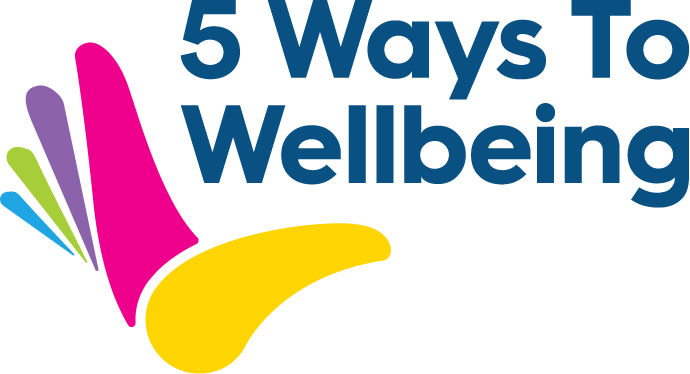Data from the Pulse of Australia/News Corp survey found 31 per cent of households have lost income from employment, 23 per cent have lost income from investments and 35 per cent struggle with a higher cost of living.
JD Power – financial services and consumer insights firm found that while overall Australian household spending has decreased, credit card expenditure on household necessities and monthly bills is on the rise.
Avoid getting into more debt
Some people may be considering short-term solutions to their financial difficulties, however high interest rates associated with loans like credit cards and payday loans can have long-term effects and put you further into debt. Avoid compounding interest as before you know it that $1000 you owe will be $1500. Instead the experts recommend that you reprioritise spending, negotiate temporary support from your bank, tap into government support like JobSeeker payments (if applicable) or pick up different work.
Dealing with reduced cashflow
Take proper stock of your situation.
1. Write down everything you owe
Make sure this includes your exact balance, interest rate and minimum repayment on all your debts.
2. Work out how you can actually spend
Reprioritising your spending may make the difference. You could save money buy opting to buy generic grocery items over branded products and reviewing your subscription services to see what you can go without.
3. Reach out for assistance
In addition to reaching out to your bank or for government assistance you can reach out to providers to see if you can negotiate financial hardship relief,
If you need help with this you can contact National Debt Helpline (1800 007 007) who will help you negotiate your debts and organise repayments. You can also go to MoneySmart.gov.au, for resources.
4. Putting your debt into one basket
If you have multiple debts from different sources, ‘consolidating’ your debt into one account could help.


